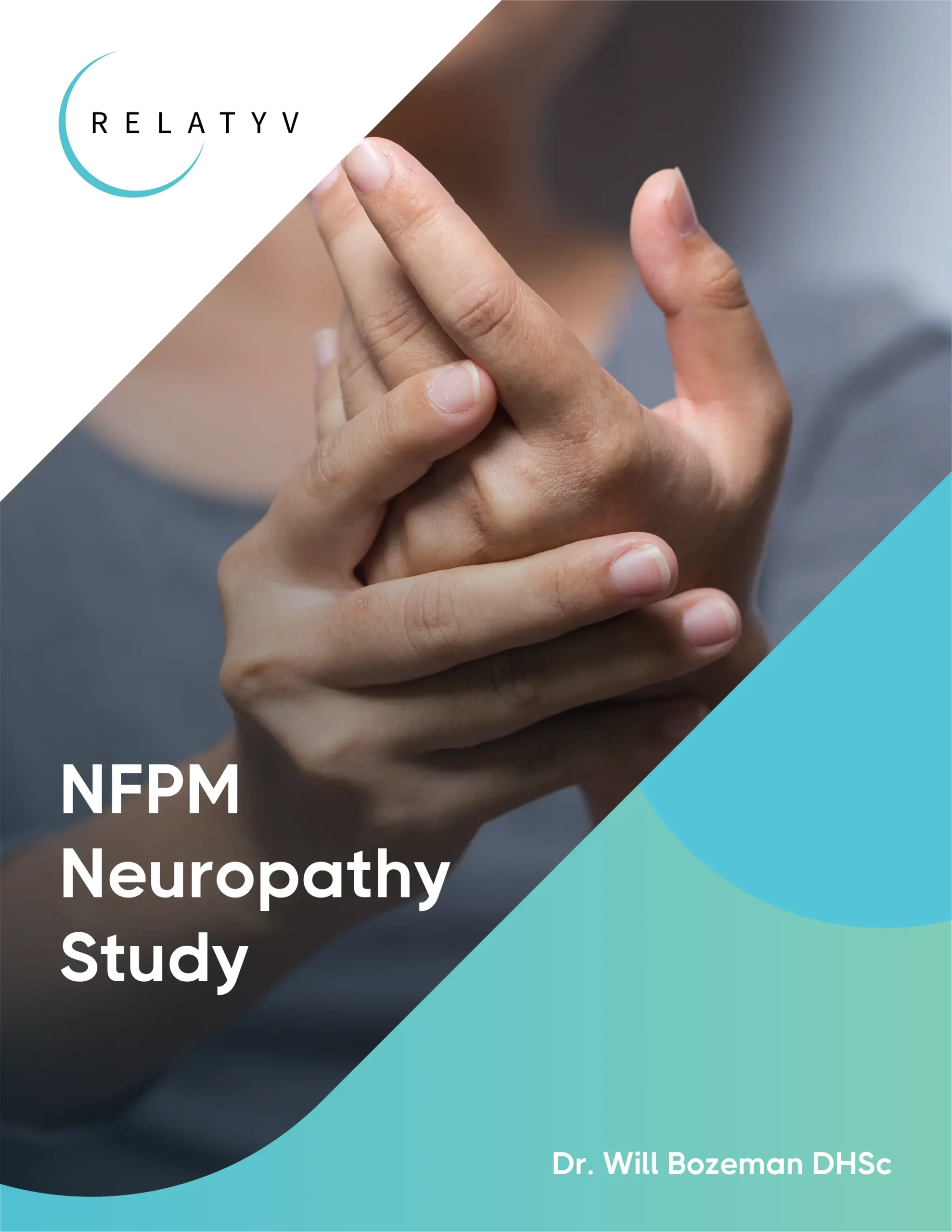Experiencing pain in the foot or ankle is generally a frustrating and debilitating experience for almost anyone. After all, these are two of the most used parts of the body for doing daily activities. It’s almost impossible to get through a day without putting weight on your feet or moving your ankles, so any discomfort or pain in these areas can significantly affect your quality of life. There are many different conditions that can cause foot or ankle pain; one such condition is tarsal tunnel syndrome.
What Is Tarsal Tunnel Syndrome?
The tarsal tunnel is a narrow space in the ankle where the posterior tibial nerve, which runs down the leg, passes through. Tarsal tunnel syndrome is a disorder that occurs when this nerve becomes compressed or pinched within the tarsal tunnel, leading to pain and discomfort in the foot and ankle.
Symptoms Of Tarsal Tunnel Syndrome
Tarsal tunnel syndrome can cause a variety of symptoms, including:
- Pain: The most common symptom of tarsal tunnel syndrome is pain in the foot and ankle, ranging from mild to severe.
- Burning or tingling sensations: Some people with tarsal tunnel syndrome may experience a burning or tingling sensation in their feet, similar to the feeling of pins and needles. This occurs due to nerve compression affecting sensation.
- Numbness: As the condition progresses, the compressed nerve may result in numbness in the foot and toes because the nerve cannot properly send signals to the brain.
- Abnormal sensations: In addition to tingling, some people may experience abnormal sensations, such as tightness or cramping in the foot or pain akin to an electric shock.
- Radiating pain: The pain from tarsal tunnel syndrome can radiate to other areas of the foot, such as the arch or heel. Some people may also experience pain that travels up the leg. Such pain can worsen with activity and may improve with rest.
Sensation Of Numbness
Feeling a numbness in your body can be a scary and uncomfortable experience. This numbness, also known as paresthesia, is a tingling or prickling sensation that can occur anywhere in the body. It is often described as feeling like pins and needles or a loss...
Sharp Pain Under The Heel Or Arch Of The Foot
Foot pain, in general, can make it challenging to go about daily activities. Every time you take a step, your feet bear the weight of your entire body. So, when you experience sharp heel pain or pain in the arch of your foot, it can be debilitating, thereby...
Read More About Sharp Pain Under The Heel Or Arch Of The Foot
Difficulty In Walking
Difficulty in walking is one of the most common types of disability in the US. According to reports, around 7% of Americans seriously struggle with walking or climbing stairs. This figure is much lower for people aged 18-34 (1%), but much higher for older...
What Causes Tarsal Tunnel Syndrome?
Tarsal tunnel syndrome can be caused by numerous factors, including:
- Flat feet or fallen arches: Individuals with flat feet or fallen arches are more prone to developing tarsal tunnel syndrome because this foot structure results in extra strain being placed on the posterior tibial nerve.
- Repeated pressure: Activities or occupations that involve prolonged standing, walking, or running can put pressure on the posterior tibial nerve and lead to tarsal tunnel syndrome.
- Entrapment or compression: Any condition or injury that puts pressure on the posterior tibial nerve, such as a cyst or varicose vein, can cause tarsal tunnel syndrome.
- Injuries and trauma: A direct injury to the ankle or foot, such as a fracture or sprain, can cause inflammation and compression of the posterior tibial nerve.
- Damage to the tibial nerve: Conditions like diabetes or arthritis can damage the tibial nerve, making it more prone to compression and leading to tarsal tunnel syndrome.
Diagnosing The Condition
If you’re experiencing symptoms of tarsal tunnel syndrome, your doctor will likely do the following to diagnose the condition:
- Physical examination and history: Your doctor will examine your foot and ankle for any signs of swelling, tenderness, or abnormalities. In general, doctors will also ask about your symptoms, medical history, and any activities or injuries that may have contributed to the condition.
- Nerve conduction tests: These tests measure the speed and strength of nerve signals to determine if there is compression or damage to the posterior tibial nerve.
Conventional Treatment Options For Tarsal Tunnel Syndrome
Conventional treatment for tarsal tunnel syndrome may include:
- Rest, ice, compression, and elevation (RICE) therapy: Your doctor may recommend RICE therapy to reduce pain and inflammation. RICE therapy can be an effective way to manage symptoms and promote healing. Rest helps give the nerve time to heal, while ice reduces inflammation, and compression helps reduce swelling. Elevating your foot above heart level can also help improve blood flow, which will help reduce swelling.
- Nonsteroidal anti-inflammatory drugs (NSAIDs): These medications can help reduce pain and inflammation associated with tarsal tunnel syndrome by blocking the production of certain chemicals in the body. However, long-term NSAID use can lead to serious health problems, which can include kidney or liver damage.
- Orthotics or shoes with added arch support: If your flat feet or fallen arches are causing tarsal tunnel syndrome, wearing orthotic inserts or supportive shoes can help improve the alignment of your feet and reduce pressure on the posterior tibial nerve.
- Corticosteroid injections: In severe cases, your doctor may recommend injecting a corticosteroid medication into the tarsal tunnel to reduce inflammation and relieve pressure on the nerve. Like NSAIDs, long-term use of corticosteroids can be dangerous, since it can lead to damage of the cartilage and bones.
- Surgery (in extreme cases): If conservative treatment options fail to provide relief, your doctor may recommend surgery to release the compressed nerve and relieve pressure in the tarsal tunnel. However, this is usually a last resort as it carries risks like infection and nerve damage.
Neuragenex Neurofunctional Pain Management To Ease Tarsal Tunnel Syndrome Pain
We have developed a treatment protocol that takes a Neurofunctional Pain Management approach to treat tarsal tunnel syndrome. This approach involves the use of drug-free, non-invasive, non-surgical, and non-chiropractic treatment modalities that address the neurological factors contributing to pain and dysfunction. These modalities, all of which have been shown to be safe and effective alternatives to more conventional treatment, include the following:
Electroanalgesia
Electroanalgesia is a pain management technique that uses high-pulse electrical current to ease pain, boost blood circulation, improve mobility, and induce...
IV Therapy
IV nutritional therapy, or intravenous therapy, involves administering vital nutrients directly to the bloodstream through an IV. This type of treatment bypasses the digestive system, allowing for maximum absorption and utilization of nutrients by the...
Lifestyle Counseling
Lifestyle counseling is an approach to managing chronic pain that involves identifying, assessing, and modifying lifestyle factors contributing to an individual's pain. For example, lifestyle factors such as nutrition, physical activity, stress, sleep quality...
Live Beyond Pain With Neuragenex NFPM
Tarsal tunnel syndrome can cause significant discomfort and impact your daily life. However, with proper treatment, you can effectively manage the condition and live beyond the pain. Our Neuragenex NFPM approach provides a safe and effective alternative to more conventional, risky treatments, allowing you to manage tarsal tunnel syndrome without relying on drugs or surgery. We will develop a personalized treatment plan to address your specific needs and help you overcome this condition.
Don’t let tarsal tunnel syndrome hold you back; contact us today and take the first step towards living beyond pain.
You don’t have to endure the pain caused by tarsal tunnel syndrome.



